Rue du Tteokbokki à Sindang-dong (신당동떡볶이골목)
2.4Km 2020-06-19
10-18, 33-gil Dasan-ro, Jung-gu, Seoul-si
+82-2-2236-9135
La rue du Tteokbokki de Sindang-dong fut établie dans les années 1970, bien que la rue elle-même ait connu ses meilleurs jours dans les années 1980. En plus d’avoir été citée dans les émissions de DJ très réputées de l’époque, la période marque aussi les beaux jours de l’équipe de baseball des lycées, lorsque les étudiants emplissaient la rue. Ceci évoque la confrontation directe entre le lycée commercial de Sunrin et le lycée commercial de Sunrin (aujourd’hui Sunrin Internet High School)
Les étudiants ont ensuite pris de l’âge, sans pour autant arrêter de fréquenter le quartier, réminescent de leur jeunesse et des spécialités de l’époque.
Cependant, certains pensent que l’histoire de la ruelle a débuté en 1950. La propriétaire du restaurant Mabongnim Halmeoni Tteokbokki (마복림할머니떡볶이) déclare que les premières ventes de Tteokbokki se sont faites en 1953 puisque le quartier abritait le théâtre Donga, et le restaurant vendaient donc aux spectateurs des Tteokbokki, du maïs et des pommes de terre.
Au depart, le Tteokbokki était simplement préparé avec du Gochujang (고추장), mais au fur et à mesure du temps, les chefs ont décidé qu’il fallait en faire plus qu’un simple snack. Ainsi, en ajoutant des oeufs, des nouilles, gâteaux de poisson et plus récemment du calamar, des crevettes et du fromage, le snack s’est transformé en un repas complet.
Brasserie de makgeolli Chunpoong
2.4Km 2025-02-05
서울특별시 중구 다산로 101-3 (신당동)
C'est une brasserie qui produit le makgeolli, la base de l'alcool coréen. Des visites et des sessions de dégustation sont organisées pour transmettre la valeur de l'alcool coréen. Nous fournissons des informations détaillées sur le makgeolli, qui est en train de disparaître de l'histoire, et faisons découvrir ce précieux patrimoine culturel coréen aux Coréens et aux touristes étrangers. De plus, un espace de restauration séparé est aménagé pour profiter de la nourriture et de l'alcool. Le rez-de-chaussée est composé de la brasserie et du dépôt de makgeolli, tandis que le premier étage est aménagé en salle de dégustation et en média top. Le deuxième étage est dédié à l'exposition d'œuvres de membres de l'Association culturelle de l'artisanat de la dynastie moderne, présentant le patrimoine culturel immatériel national et fonctionnant comme une galerie pour introduire le patrimoine culturel coréen. En face de la brasserie, 'Chunpoong Jeonjit' est exploité, vendant des 'jeon', un plat emblématique de la Corée, ainsi que des aliments de saison en petites portions.
Brown Avenue (브라운에비뉴)
2.4Km 2021-03-19
5, Hyehwa-ro, 3-gil, Jongno-gu, Seoul
+82-2-762-8334
A café where it is good to have a meal because it has a brunch menu as well as drinks. This restaurant's signature menu is americano. This cafe is located in Jongno-gu, Seoul.
Rue de la papeterie de Dongdaemun (동대문 문구거리)
2.4Km 2020-04-28
36, Jong-ro 52-gil, Jongno-gu, Seoul-si
+82-2-1330
La rue de la papeterie de Dongdaemun, créée dans les années 60, est composé de 120 papeteries et reste l’un des endroits les plus populaires pour ceux qui recherchent des articles à la fois mignons et fonctionnels. Ici, les visiteurs peuvent tout trouver : des cartes, des crayons, des pantoufles, des sacs à dos et des articles pour faire la fête à des prix 30 à 40 % moins élevés que la normal (- 50% pour certains produits). Ceux qui font des achats en vrac peuvent s’attendre à faire plus d’économies.
La rue de la papeterie de Dongdaemun est situé dans la zone commerciale de Dongdaemun près de la rivière Cheonggyechoen. Les boutiques de la rue sont ouvertes de 8h00 à 19h00, du lundi au samedi et sont fermées les dimanches et les jours de vacances.
I Love Sindangdong Tteokbokki (아이러브신당동떡볶이)
2.4Km 2020-04-10
50, Toegye-ro 76-gil, Jung-gu, Seoul
+82-2-2232-7872
I Love Sindangdong Tteokbokki is a tteokbokki (spicy rice cakes) restaurant opened in 2001 when seven tteokbokki restaurants with over 25 years of history joined together. A DJ plays music and tells stories to the guests. The restaurant also features a stage with an acoustic guitar for live performances. Order and delivery service is available via the website.
CAFÉ L.vin (카페엘빈)
2.4Km 2021-03-30
271-1, Changgyeonggung-ro, Jongno-gu, Seoul
+82-2-763-7564
This is a place with terrace seats. This cafe is located in Jongno-gu, Seoul. The most famous menu is americano.
NUHADANG [Korea Quality] / 누하당 [한국관광 품질인증]
2.4Km 2020-09-10
49-7, Pirundae-ro, Jongno-gu, Seoul
010-9692-1330
Guesthouse Nuha is a ‘hanok’ or traditional Korean house consisting of four guestrooms located in Nuha-dong, Seochon (west of Gyeongbokgung Palace, Jongno, Seoul) where many Confucian scholars and artists lived during the Joseon Dynasty.
Exuding a refined atmosphere, Guesthouse Nuha is very popular among not only domestic visitors but also foreign tourists who want to experience the flavor of Korea in a cozy hanok. All four guestrooms (An-bang, Sarang-bang, Geul-bang, and Byeol-dang) are covered with eco-friendly hanji (traditional Korean paper handmade from mulberry tree) wallpaper, and are equipped with a thick cotton-wool comforter and pillows imbued with the scent of Hinoki cypress tree to help guests relieve their fatigue.
Breakfast is served free of charge. Guests can also experience traditional Korean culture here, such as playing a Korean musical instrument (janggu or double-headed drum), playing a game of yut in the yard, or wearing hanbok (traditional Korean clothes). Although a local bus service passes through the village, it is highly recommended to take a quiet leisurely around the area.
Jongjeom Tteokbokki (종점 떡볶이)
2.4Km 2020-04-09
217-1, Dasan-ro, Jung-gu, Seoul
+82-2-2234-3649
Jongjeom Tteokbokki opened in 1978 and has been a popular restaurant on Sindang-dong Tteokbokki Street since then. The restauant serves a special meal option of adding fried rice to tteokbokki.
Urijip Tteokbokki (우리집떡볶이)
2.4Km 2020-04-09
217-1, Dasan-ro, Jung-gu, Seoul
+82-2-2232-4531
Opened in 1979, Urijip Tteokbokki has operated for over 30 years in the same location. This restaurant has a spacious basement area which can accommodate up to 100 people. The restaurant is especially popular among Japanese tourists.
Darakjeong (다락정)
2.4Km 2021-03-26
131-1, Samcheong-ro, Jongno-gu, Seoul
+82-2-725-1697
Darakjeong has been popular for a long time because of the simple taste of its traditional Mandu (Korean stuffed dumpling). Since its opening in 1991, tasty soup and scrumptious Mandu have been served. A fist-sized Mandu is fully packed with seasoned meat, bean-curd, and various vegetables. Its thick dough makes it chewy and delightful. For one person, “Manduguk”(boiled dumpling soup) is a good choice. The delicious and nourishing taste of Mandu goes well with the sweet, spicy, and fresh taste of the soup. Manduguk is served in a brass bowl which keeps the food warm while eating. For a large-size group, “Mandujeongol” cooked with various vegetables in a casserole is recommended. There are two types of Mandujeongol that have different tastes. The main characteristic of “Kimchi Mandujeongol” is its spicy flavor, which reminds people of the refreshing taste of Kimchi soup, and “Tojang Mandujeongol” expounds on the savory taste of bean-paste soup. Tojang means folk soybean-paste. “Nokdujeon”(a Korean pan-fried dish with green mung bean) is another famous dish at Darakjeong, which is pan-fried with a very light seasoning to emphasize the original taste of Nokdu (green mung bean). Salted oysters with hot pepper are served with Nokdujeon instead of soy sauce, which is a perfect match.
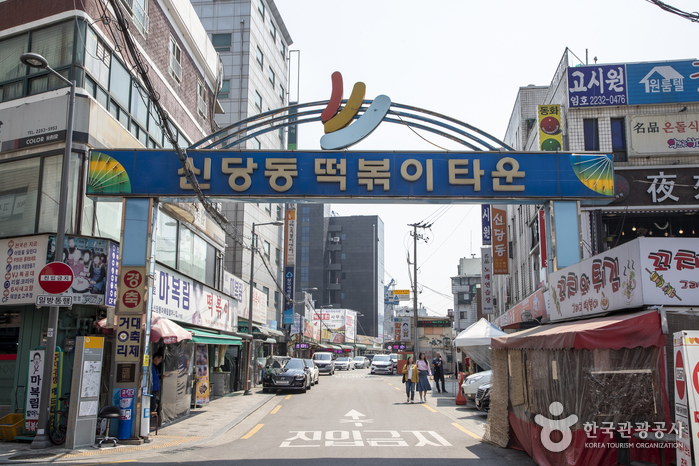
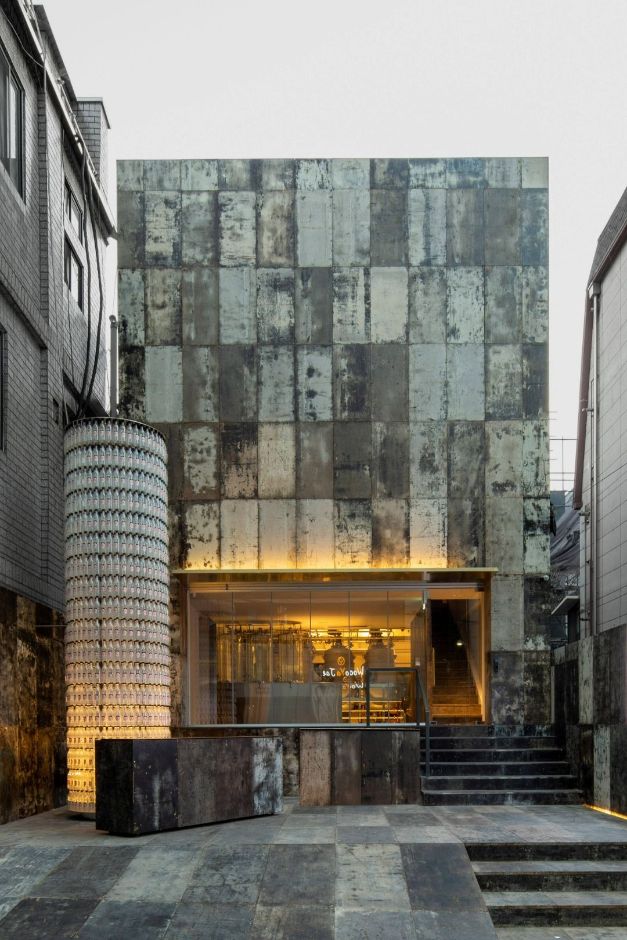
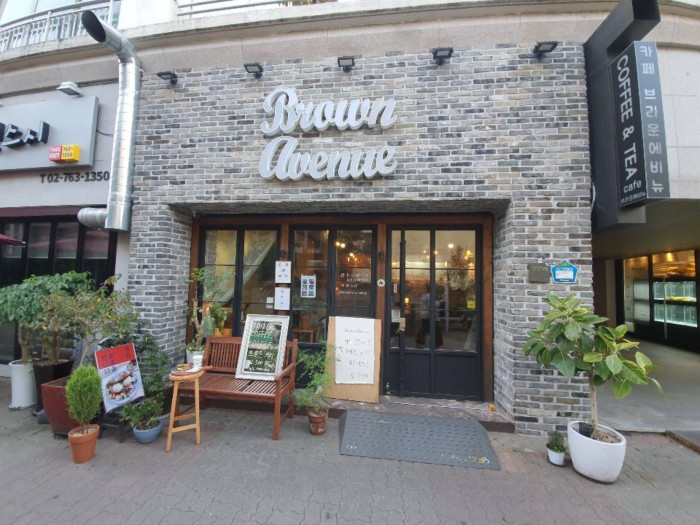


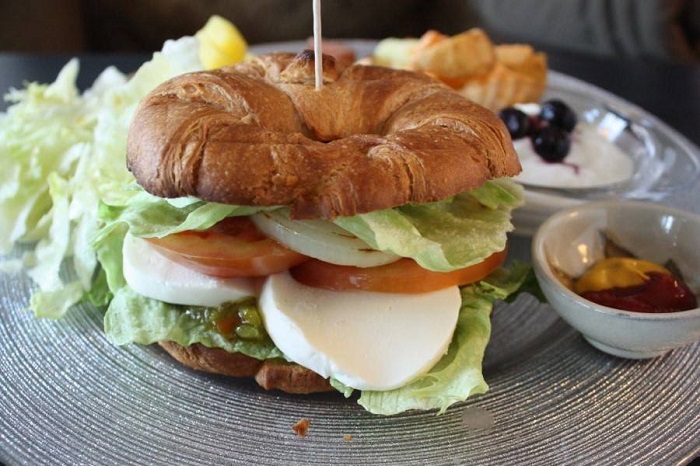
![NUHADANG [Korea Quality] / 누하당 [한국관광 품질인증]](http://tong.visitkorea.or.kr/cms/resource/58/2532358_image2_1.jpg)
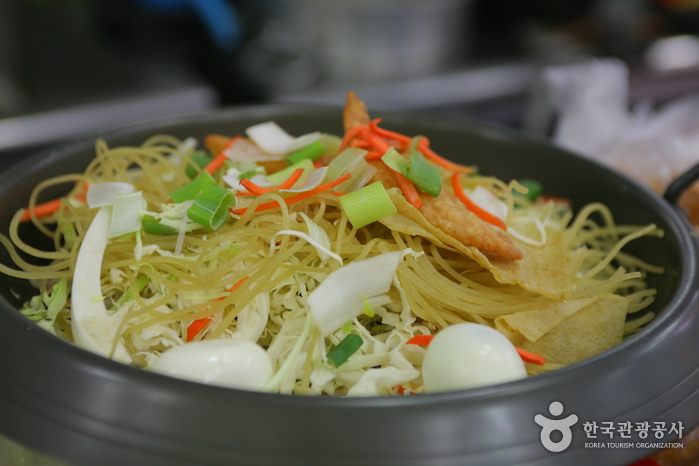


 Français
Français
 한국어
한국어 English
English 日本語
日本語 中文(简体)
中文(简体) Deutsch
Deutsch Español
Español Русский
Русский